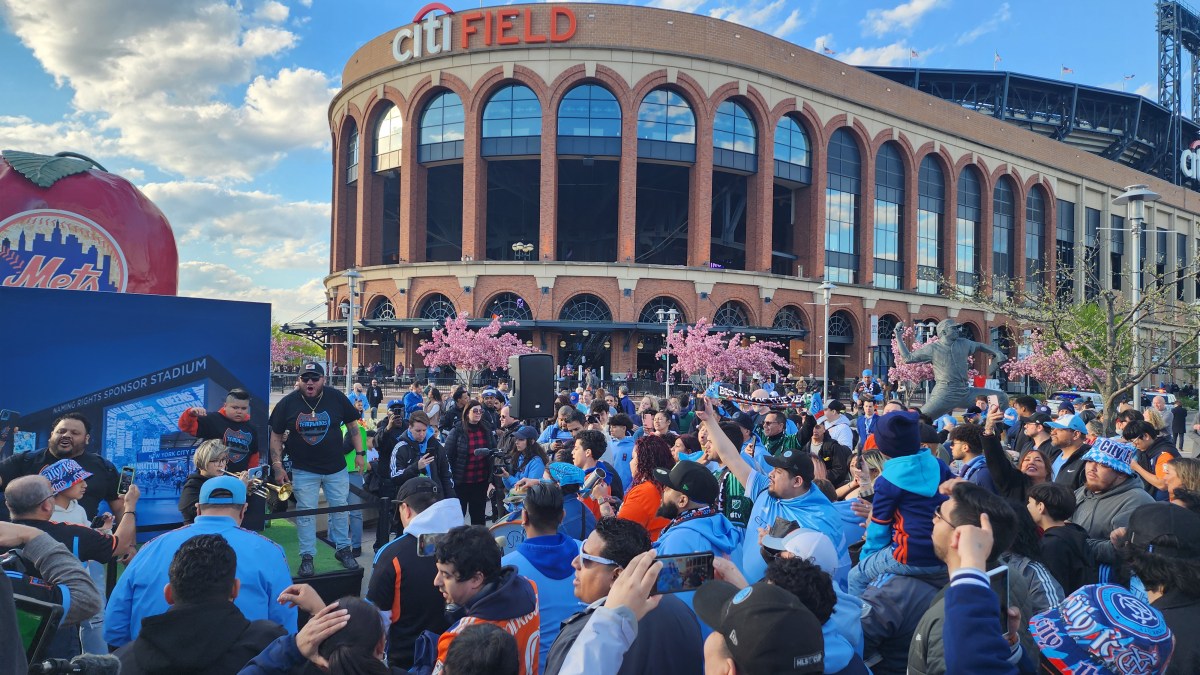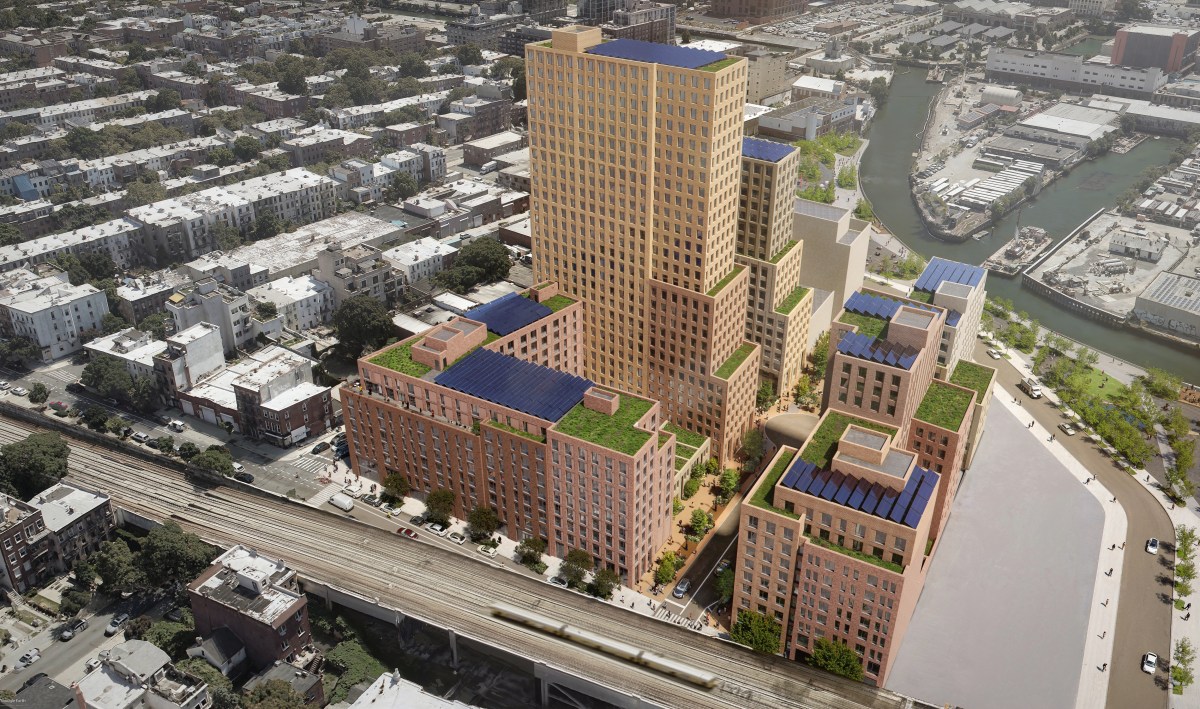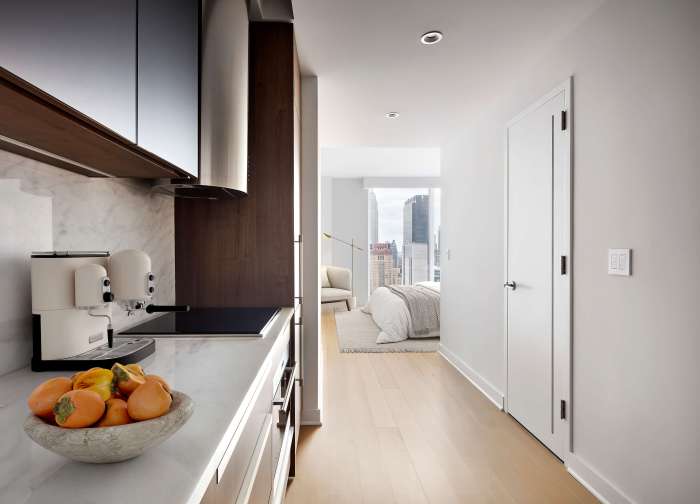
The costs of renting in New York City neighborhoods typically can exceed those of buying in less than five years, but the tipping point varies across the five boroughs, according to a new real estate study released Monday.
Realtors, however, say money is only part of the equation.
Real estate listings site StreetEasy released new data that breaks down renting vs. buying in almost 300 New York City neighborhoods.
In Manhattan it takes about 7.4 years before renting becomes more expensive than buying, StreetEasy found. In Queens, it only takes three years. Renters in DUMBO, Brooklyn, can rent up to 13.4 years before it becomes more cost effective to buy in the area.
On the buyer side, the analysis factored in 30-year fixed rate mortgages; property taxes; purchase costs; real estate tax deductions and home price appreciation. For renters, it considered costs including rental insurance, broker fees and rental deposits to calculate its findings.
But Realtors said renters’ visions for where they will be and what they want in the years ahead should be part of the decision process, both on renting vs. owning and what kind of home to look for.
“I tell my first-time buyers who are single and just enjoying themselves and have no plans to leave the city to keep an eye on the future. Renters get priced out of their neighborhoods. They need to see the bigger picture,’’ said realtor Stephen Spence of Manhattan-based Qwest Residential and a resident of Jackson Heights, Queens.
“You may want to live in Manhattan, but do you want to pay $500,000 for a shoe box?’’ asked Spence. “I tell my clients: get yourself a [real] home. You will always need a place to live.’’
Queens is worth a look for renters looking to make the leap because of its affordability, said Nicholas Athanail, licensed associate real estate broker for Corcoran.
“Queens offers good value. The word is out on Queens. It has great neighborhoods with great restaurants and is accessible to Manhattan,’’ he said.
Athanail added that a decision whether or not to buy can’t rely solely on a formula.
“I think the study is a little over-simplistic,” he said. “No one has a crystal ball on timing. There is incredible appreciation out there.’’
Athanail said about five years ago he sold a small one-bedroom apartment for $750,000 in the Flatiron district.
“The owner now is selling for almost $1 million — that’s an incredible appreciation,’’ he said.
Gary Malin, president of real estate brokerage Citi Habitats, agreed that sometimes “personal circumstances go beyond finances.’’
Buying “boils down to a long-term commitment,’’ said Malin.
“Maybe you’ll need a two-bedroom in the future. Are you willing to stay in that neighborhood for more than five years?’’
In contrast, he said renting offers “complete freedom. You are not locked in.’’
‘Tipping points’ around the five boroughs. The higher the number, the longer a resident would need to stay in a home for it to make financial sense to buy rather than rent:
*Carnegie Hill, Little Italy, NoLita, SoHo and TriBeCa have among the longest median tipping points of 31+ years.
*Queens’ shortest median tipping points belong to Alley Park, 1.1 years; Howard Beach, 1.4 years; and Briarwood, 1.5 years.
*Manhattan’s shortest median tipping points are in West Harlem, 1.2 years; and Roosevelt Island, 1.4 years.
*Citywide, the median tipping point is 4.9 years. The national median is 1.9 years.

















